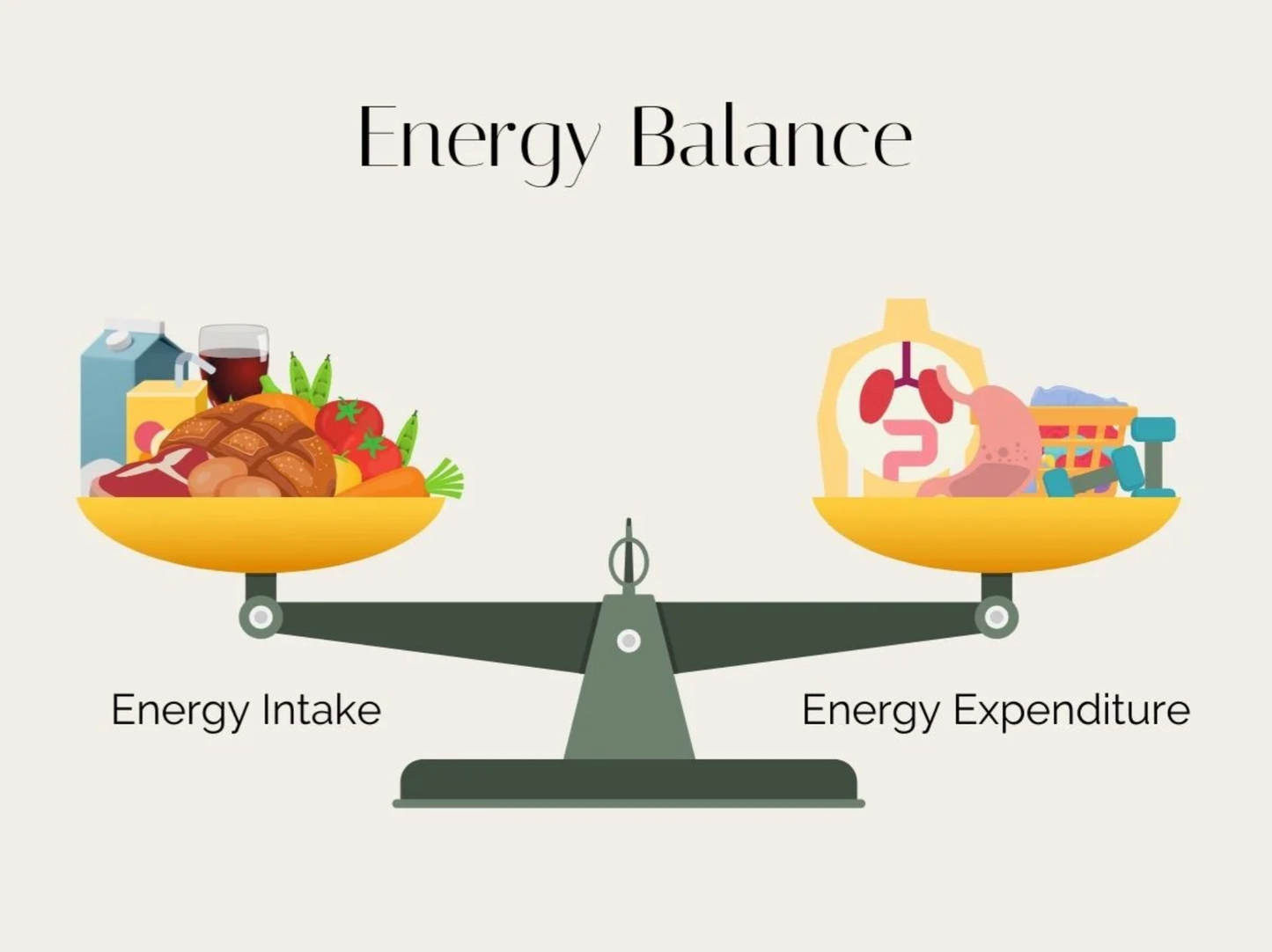
Sitting in more active postures can potentially help with weight management, but it is unlikely to be the sole factor in significant weight loss. While sitting in active postures, such as sitting on a Higher Ground chair, an exercise ball, or using a standing desk, may engage your muscles more than sitting in a traditional chair, balancing your activities and diet have a greater impact on body weight.
Weight loss primarily occurs when you create a calorie deficit, meaning you consume fewer calories than you burn. Physical activity, including both structured exercise and daily movements, plays a crucial role in burning calories and maintaining overall health. However, sitting in active postures alone is not sufficient to burn a significant number of calories.

To lose weight effectively, it is important to incorporate a combination of regular exercise, such as aerobic activities and strength training, along with a balanced and nutritious diet. These factors contribute to creating a sustainable calorie deficit, promoting weight loss, and improving overall health.
There is a connection between body mass and basal metabolic rate (BMR). Basal metabolic rate refers to the number of calories your body needs to perform basic functions at rest, such as breathing, maintaining body temperature, and supporting organ function.
In general, larger individuals tend to have a higher BMR than smaller individuals because more body mass requires more energy to sustain. This is because larger individuals have more metabolically active tissues, such as muscles, which consume more energy at rest.
Body composition also plays a role in BMR. Muscle tissue is more metabolically active than fat tissue, meaning it burns more calories at rest. Therefore, individuals with a higher proportion of muscle mass generally have a higher BMR compared to those with a higher proportion of body fat.
However, it's important to note that BMR is just one component of total energy expenditure (TEE), which also includes calories burned through physical activity and the thermic effect of food. Therefore, while body mass and composition can influence BMR, other factors like age, sex, genetics, and lifestyle also contribute to an individual's overall energy expenditure.
Harvard Bio-Anthropologist, Dr. Herman Pontzer, has evaluated this interplay in various experiments in his Harvard lab. In a particularly interesting series of studies, Dr. Pontzer compared the energy expenditure of humans and other primates against body fat.

